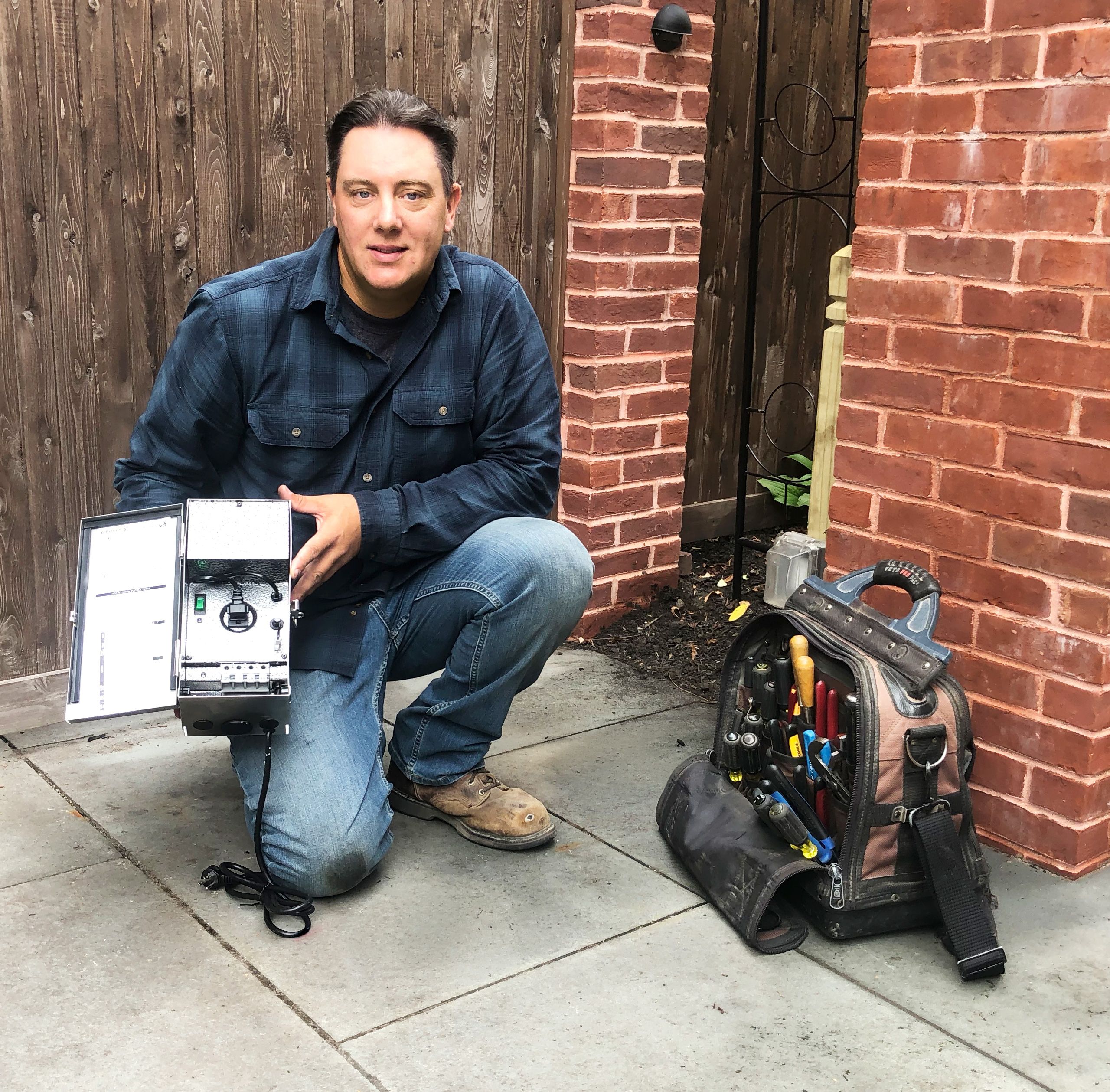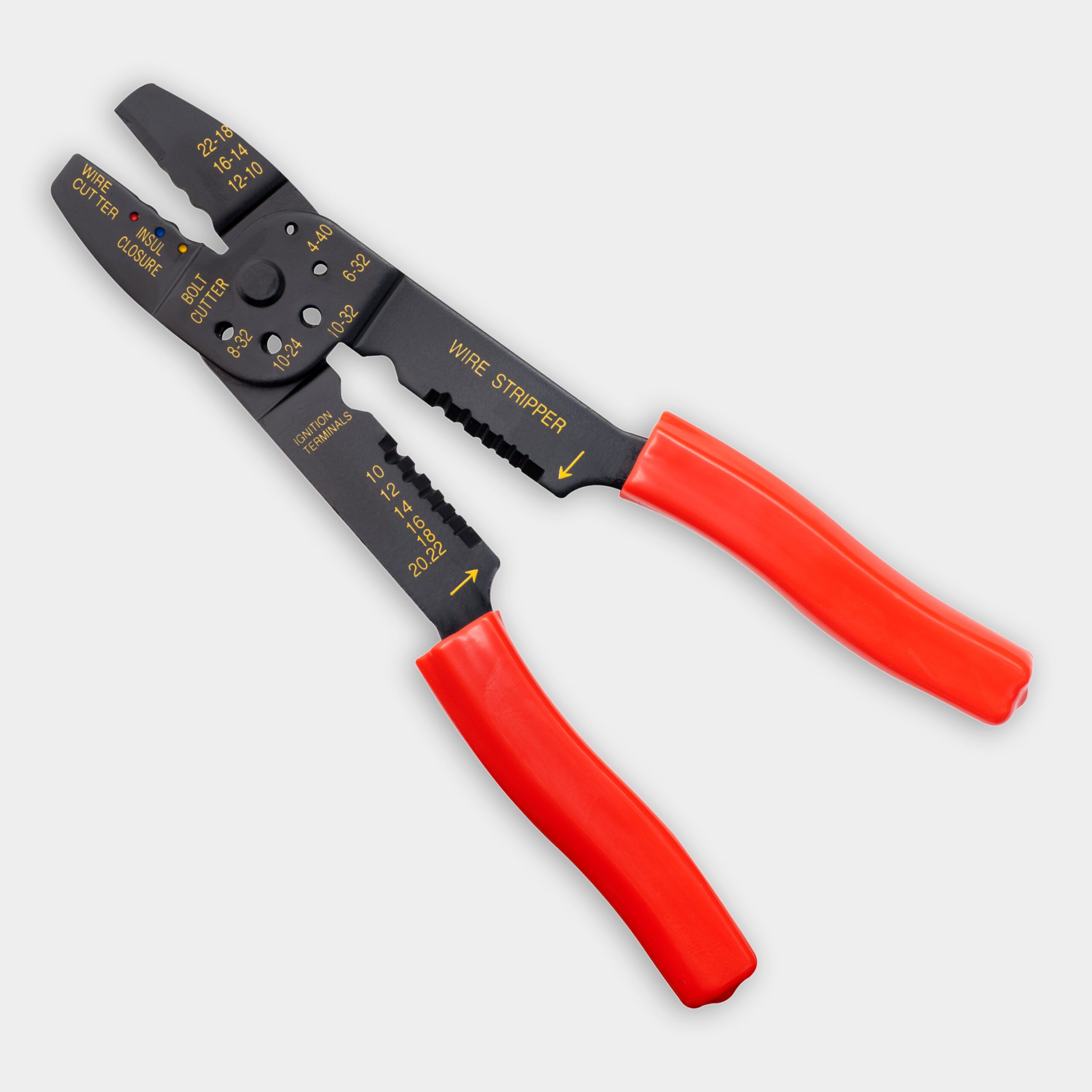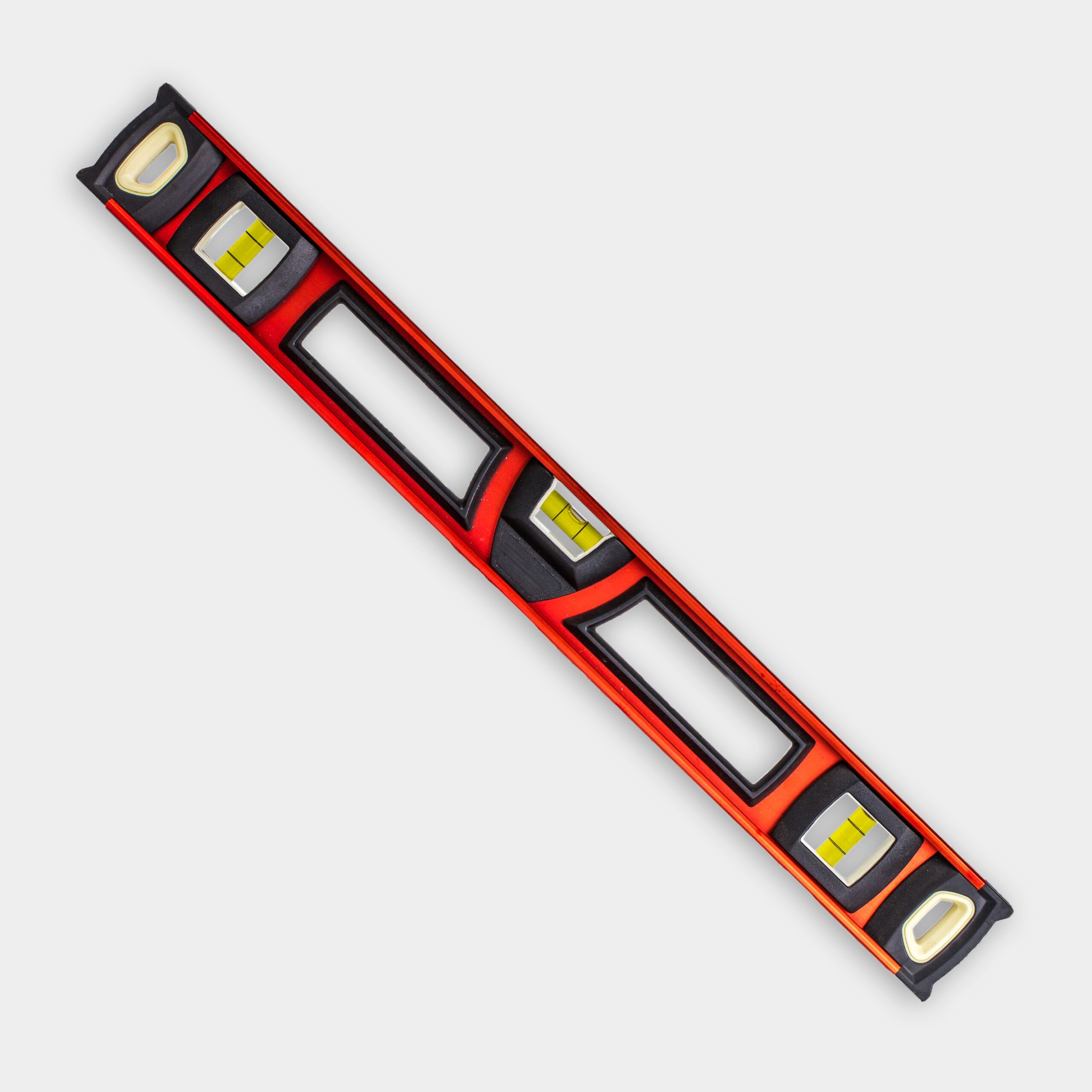We may be compensated if you purchase through links on our website. Our team is committed to delivering honest, objective, and independent reviews on home products and services.
Outdoor landscape lighting can dramatically enhance the beauty and functionality of your home’s exterior. By strategically placing lights along pathways, near architectural features, or to highlight plants, you can create a stunning nighttime ambiance. In the video, master electrician Heath Eastman shows how he upgraded a house’s existing landscaping with a 12-volt system for powering landscape lights. This guide will walk you through the process of installing low-voltage landscape lighting, from planning to final adjustments.
Planning Your Landscape Lighting Layout
Before you start running wires, give thought to the look, feel, and layout of your new lighting system.
Determine Your Power Source
The first step in planning your landscape lighting is to identify your nearest power source. This will typically be an outdoor electrical outlet where you can install a step-down transformer. The transformer’s location will serve as the starting point for your lighting system since it will convert 120-volt power into a lower voltage. Find a protected outdoor outlet where you can mount and plug in the transformer.
Choose Your Light Fixtures
Select light fixtures that complement your landscape and serve your intended purpose. Consider these popular options:
- Path lights: Illuminate walkways and garden paths.
- Spotlights: Focus on specific landscape elements.
- Uplights: Highlight trees, shrubs, or architectural features.
- Well lights: Provide subtle, ground-level illumination.
When opting for fixtures, consider the architectural style of your home and the type of ambiance you wish to create. Choose materials and finishes that blend seamlessly with your outdoor environment.
Map Out Light Placement
Walk your property at night to determine the best locations for your lights. Consider these factors when deciding on placement:
- Aesthetics: Highlight attractive features of your landscape or home exterior.
- Functionality: Provide adequate lighting for gathering places such as benches, gazebos, or firepits.
- Safety: Illuminate steps, elevation changes, and potential hazards.
Do-It-Yourself vs. Professional Installation
We recommend you hire a licensed electrician to install 120-volt household wiring, but by installing a transformer at the center of this lighting system, you reduce the power to a safer 12 volts. As Eastman notes, if you accidentally cut a 12-volt line, for example, while shoveling, the current won’t injure you. However, it will still shock you.
Thus, you can set up a 12-volt system yourself as long as you purchase a transformer that plugs into a 120-volt outlet. Don’t attempt to install one that is wired directly into your home’s electrical system. If you don’t feel comfortable working with electricity, though, hire a professional.
Step 1: Installing the Transformer for Landscape Lighting
The transformer is a crucial component of your landscape lighting system, converting standard 120-volt household current to the safer 12-volt power used by low-voltage lighting. Begin by choosing and installing your transformer correctly.
Choosing the Right Transformer

Select a transformer that can handle the total wattage of all your landscape lights plus an additional 20% for future expansion. For example, if your lighting system totals 100 watts, choose a transformer rated for at least 120 watts. This foresight will save you from future headaches if you decide to upgrade or expand your system.
Mounting the Transformer
Install the transformer near your outdoor power source by following these steps:
- Choose a location that’s protected from the elements but still accessible for maintenance.
- Mount the transformer at least 12 inches above the ground.
- Connect the transformer to the power source according to the manufacturer’s instructions.
Adding Control Options
Many transformers come with built-in control features, but you can also purchase additional devices to add these functions to your system:
- Photocell sensors: Automatically turn lights on at dusk and off at dawn.
- Smart controls: Enable remote operation via smartphone apps.
- Timers: Allow you to set specific on and off times.
Step 2: Running the Low-Voltage Cable for Landscape Lighting
With the transformer in place, it’s time to run the low-voltage cable that will power your landscape lights.
Choosing the Right Cable
Use a cable gauge appropriate for the length of your run and the total wattage of your lighting system. A 12-gauge cable is suitable for most residential landscape lighting installations. This ensures minimal voltage drop and optimal performance for your entire system.
Laying Out the Cable
Start at the transformer and run the cable to each light fixture location, leaving extra cable at each fixture for connections and potential future adjustments. Keep the cable close to the edge of pathways or along planting beds to minimize the risk of damage during future landscaping activities.
Step 3: Connecting Landscape Light Fixtures
Now it’s time to hook up your new system.
Using Quality Connectors
We strongly recommend using brass barrel connectors instead of the plastic connectors that often come with landscape lighting kits. Brass connectors are more durable and resistant to corrosion, ensuring a long-lasting connection that won’t become brittle and break when exposed to the elements.
Making the Connections
Follow these steps to connect your light fixtures:
- Strip about 1/2 inch of insulation from the ends of the main cable and the fixture wires.
- Insert the stripped ends into the brass barrel connector.
- Tighten the Allen screws to secure the connection.
- Slide heat shrink tubing over the connector
- Apply heat with a heat gun or hair dryer to create a waterproof seal.
When everything else is connected, take the low-voltage cable and put one wire in the hot terminal and one wire in the common terminal of the transformer.
Adjusting and Testing Your Landscape Lighting System
Once you connect everything, it’s time to test and adjust your landscape lighting for optimal effect. Minor tweaks can have a huge impact on the final look of your setup.
Initial Testing
Before burying any cables or finalizing fixture positions, turn on the transformer and ensure all lights are functioning. If some aren’t, check for any loose connections that might indicate a problem.
Fine-Tuning Light Placement
Adjust the position and angle of your lights to achieve the desired effect. Consider these tips:
- Experiment with different angles for uplights and spotlights to effectively highlight landscape features.
- Use a level to ensure path lights are straight.
- Use the interplay of light and shadow to create depth and interest in your landscape.
Burying the Cable
While it’s not strictly necessary to bury low-voltage landscape lighting cable, doing so protects it from damage and improves the overall appearance of your landscape. Bury the cable about 6 inches deep using a flat shovel to create a narrow trench. Press the cable into the trench either with your fingers or the blunt end of a tool.
Making Final Adjustments
Once you’re satisfied with the placement and function of your lights, put on the finishing touches. Follow these steps:
- Secure fixtures in their final positions.
- Bury any exposed cable, leaving small loops near each fixture for future adjustments.
- Clean up any disturbed soil or mulch around the fixtures.
Wait for the sun to go down—or flip the switch and begin to enjoy your new lights immediately.
Resources
Heath installed two different types of landscape light fixtures that are both manufactured by Illumicare. The up lights used to highlight the shrubs and the brick archway are Jasper 12V Solid Red Brass LED Spot Lights, and the path lights are Misty 12V Small Solid Red Brass LED Path Lights.
To coordinate the individual lights to turn on and off, Heath installed an Above Grade RXT Series Transformer, which is manufactured by Focus Industries. The transformer comes with optional add-ons, such as the photo-cell sensor, the timer, and the built-in Wi-Fi component.





